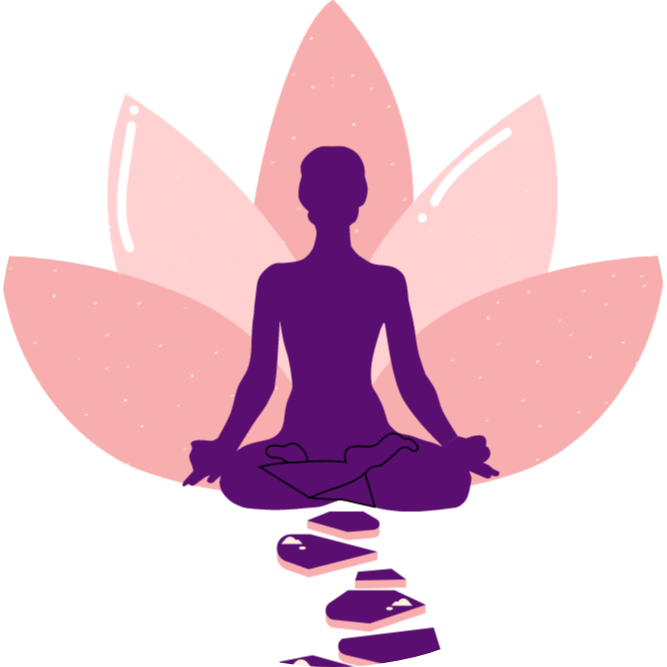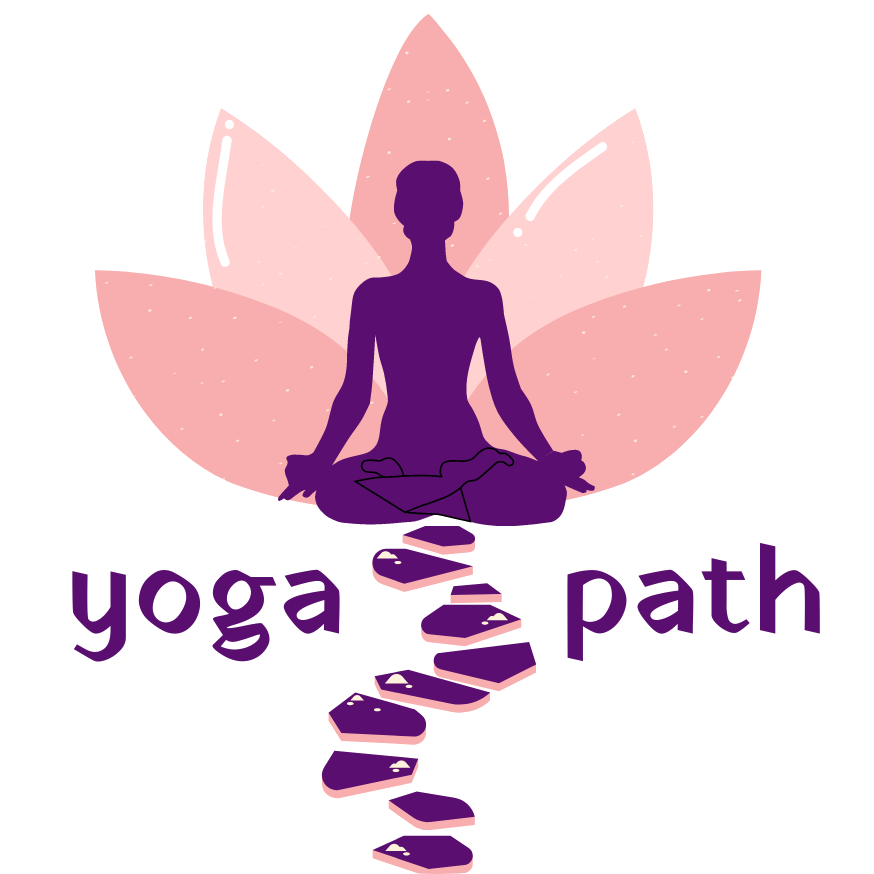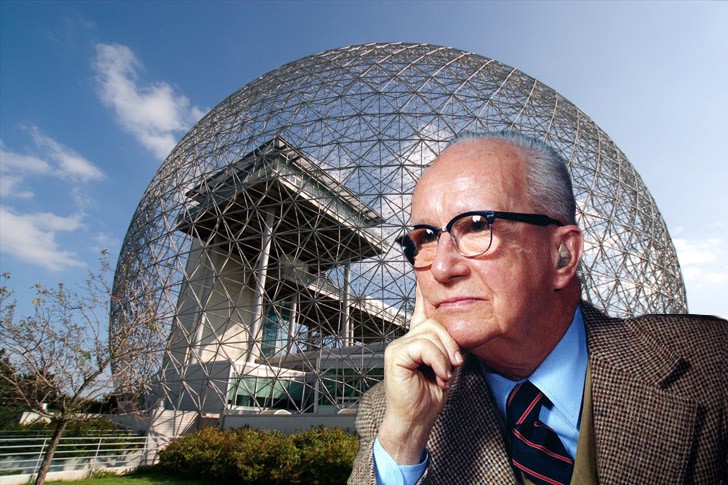Human Architecture and Yoga
Tensegrity the term was coined by Richard Buckminster Fuller in the 1960s as a blend of the words “tension” and “integrity”. The other explanation of tensegrity as floating compression, was used mainly by the constructivist artist Kenneth Snelson.
Fuller, an architect, engineer, and poet, used this term to describe his vision of a new kind of architecture, one that looked like it was built by nature instead of by humans.
Tensional integrity or floating compression is a structural design principle, where there are:
- separate components under compression inside a network, and at the same time there are
- components undergoing continuous tension
These components are arranged in such a way that the compressed units do not touch each other while the tensioned units make the framework of the system spatially and they balance each other.
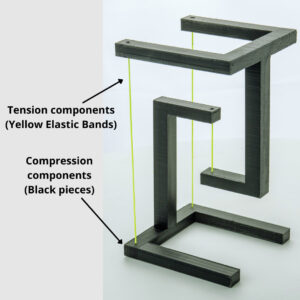
Snelson had later stated that tensegrity is a principle that is realized only through man-made objects. But Fuller’s vision rested on the belief that nature builds using tensegrity.
Fuller believed that one such nature-built model is the Human Body.
- The skin, muscles, ligaments, tendons and the connective tissues are the tensional elements, which are separated and held up
- by the hard compressional elements of the body – the bones that help in stabilizing and supporting them against the force of gravity,
These tensional elements serve as the spacers that sustain and absorb the entire structure’s tension. They also spread out the stress equally throughout the entire structure instead of allowing stress to concentrate at particular points. This allows the entire body more flexibility and stability compared to a purely compressional structure.
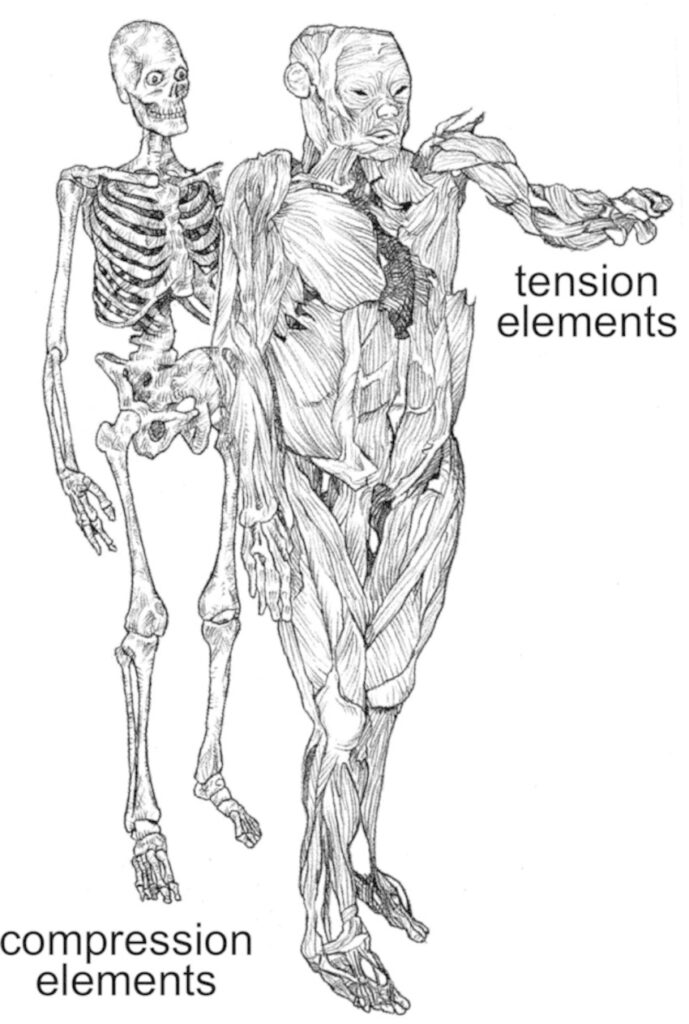
In case of misalignment in the body, wherein we don’t treat the body right, and there is continuous stress as in the aging process or in sedentary individuals, the muscles in the spine, the thigh, the shoulders, the arms, etc. experience degeneration. This happens due to not using these muscles well and not providing good stress to these muscles. And as one gets older one naturally loses muscle mass which usually begins at the age of 30.
The tensegrity structure then turns into a compressional structure, the external stress is then not distributed or absorbed but builds up in certain areas. And this is the main reason why many of us struggle with bulging disks, back pains, as well as other irregularities of the spine. We also suffer from knee pain as the muscles around the thigh – quadricep and hamstring have no strength in them due to disuse. Similarly, with shoulder pain and the list goes on.
In order to prevent the spine or other parts from going through extreme stress and in order to maintain the shape and stability of our body’s structure, it’s very important to be mobile and flexible. With Yoga, the muscles are used regularly hence there is a continuous blood supply, oxygen supply and the strength of that particular muscle is built and maintained. This improves bone health and in turn flexibility of the full structure. Also the stress provided to each muscle through Yoga is with injury prevention in mind.
Yoga helps to keep this beautiful nature created Tensegrity model functioning smoothly.
Header Image Credit: Lounge Chair by Robby Cuthbert
